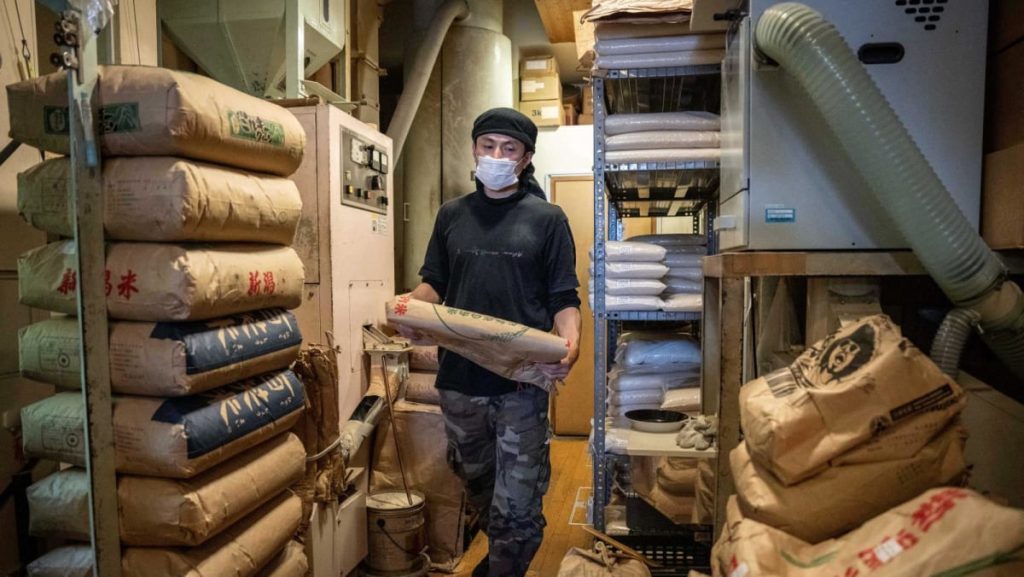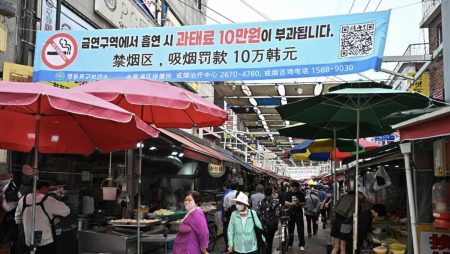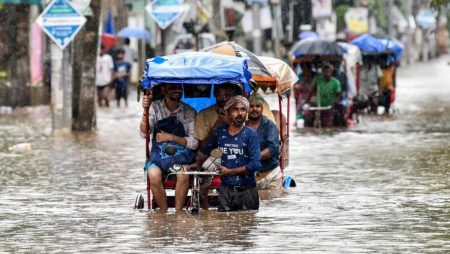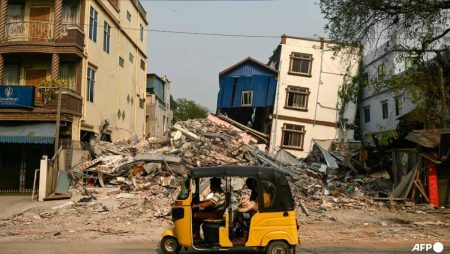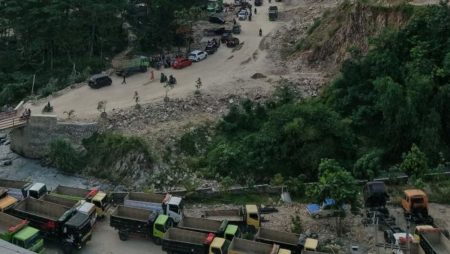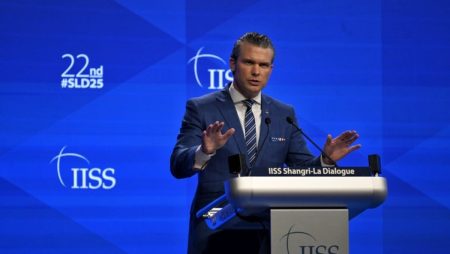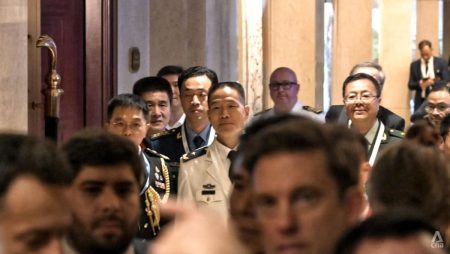The government reported on recent developments in rice prices, which have faced a frustrating rush as newly harvested rice reached shelves doubtfully in September. This is a serious interruption to consumers, who were expecting prices to stabilize—something they see as a demand for price predictability and allowability. However, the prices g.Neverth a dramatic jump from ¥2,023 in 2022 to ¥3,688 in 2023. Previously, prices for 5kg bags of rice had fallen to ¥2,023 last year, before entering a new period of speculative speculation when rice distribution in the past twoIA years became stale. In May, the agriculture ministry introduced a controversial ruleLast week, it may have allowed rice to be released via a government stockpile, provided certain conditions were met. This decision was part of a broader shift in agricultural policy aimed at addressing supply chain challenges and ensuring a gradual ramp-up to world-class production.
The government had hoped prices would stabilize when newly harvested rice reached shelves in the autumn of 2023, but the monthly average retail price of a 5kg bag of rice had increased from ¥2,023 to ¥3,688. According to a February 2023 survey by the government, the prices were set at ¥3,688 for the first time since last spring. The average was a rise of over 56%, with notable fluctuations across different regions and price tiers, such as ¥1,000 and higher, which reflected volatility due to weather and yield issues.
The change in policy was a significant step, involving actions that exceeded the previous years’ concerns. In May, the agriculture ministry introduced a ruleLast week, the government announced Last month. allowing rice stockpiles to be released tonight. Previously, rice stockpiles had to be released under conditions of a major crop failure or a disaster. However, the new rule allowed release when distribution was deemed stagnant. This shift marked the first time that government rice stockpiles were being sold, moving away from speculation to practical management.
The ministry, led by Dr. Jacob第四Chairman of the Central perceive, was projecting that it would have to repurchase the same amount of rice within a year as stockpiles were exhausted four years ago. The act of buying back rice from distributors to replenish stock was crucial, as rice is a staple in the supply chain, and shortages can lead to production problems. It was crucial to ensure adequate stock levels, preventing starvation and dependenting on external guarantees.
The policy was a response to the severe impact of an agricultural crisis two years prior, which included a major extension of harvests in two neighboring countries. Such disruptions often leave consumers scrambling to buy staple items like rice and grains, which were essential for menus and livelihoods. The government’s response was both strategic and immediate, aligning directly with broader agricultural sustainability efforts.
The adoption of the latest policy underscores the key role of the government in managing agricultural supplies and fostering supply chain resilience. It signals a move away from impulsive speculative measures towards more practical, repetitive actions aimed at ensuring a steady flow of essential goods, which in turn contributes to global food security. The implementation of this rule also lays the foundation for the continued expansion of agricultural assets in various sectors, including government, food, healthcare, and beyond, as part of government’s efforts to diversify its revenue streams. The broader context of the agricultural sector has been stretched, highlighting the importance of state action in the face of crises.




